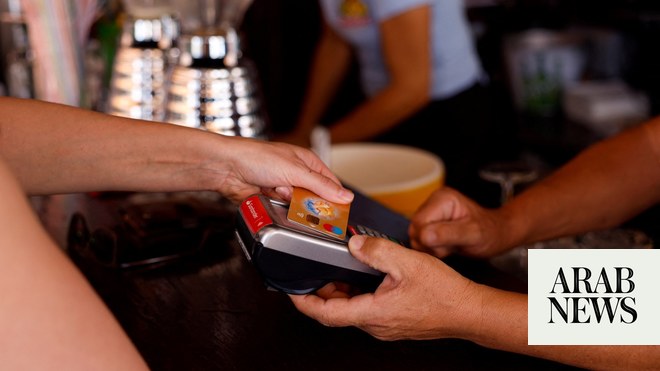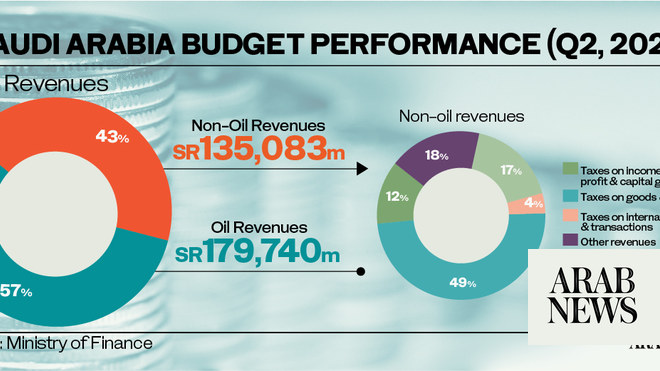
RIYADH: Saudi Arabia recorded a 16 percent annual surge in credit card loans in the first quarter of 2024 to reach SR27.25 billion ($7.3 billion), the latest central bank data showed.
The Saudi Central Bank, also known as SAMA, figures indicate a shift in consumer behaviors about cashless payment options and show that the Kingdom is on track to become a cashless society.
In an April report by GlobalData, Ravi Sharma, a banking and payments analyst, emphasized the transition from cash to electronic payments, noting: “While cash has traditionally been a preferred method of payment in Saudi Arabia, its usage is on the decline in line with the rising consumer preference for electronic payments.”
GlobalData’s payment card analytics revealed that card payments value in Saudi Arabia registered a growth of 17.8 percent in 2022, followed by 9.7 percent in 2023 to reach SR511.5 billion.
Commenting on the payments trend in Saudi Arabia, Sharma said: “The country has a robust digital payment infrastructure, supported by a developing card market and a well-established card acceptance infrastructure. The government is taking steps to enhance the infrastructure in the country by encouraging merchants to adopt at least one electronic payment option apart from cash.”
The increase in credit card loans can also be attributed to recent collaborations to introduce new credit card offerings and payment solutions across the Kingdom.
One such collaboration involves Mastercard partnering with a digital payments technology company Loop to issue Bank Identification Numbers for credit cards. A BIN is used to determine the issuing financial institution that a credit card belongs to. They also help in the speedier execution of financial transactions and offer a shield to cardholders from identity theft and fraud.
These innovative payment solutions are expected to facilitate seamless and secure digital payments for consumers, merchants, and fintechs, thereby driving digitization in daily transactions.
This move comes at a time when the Kingdom’s small and medium enterprises and fintech community are thriving, presenting a favorable environment for digital payment solutions.
On the contrary, SAMA data revealed a slight 1 percent uptick in consumer loans, totaling approximately SR451 billion in the three months ending March. Within this category, education loans surged by 24 percent to SR8 billion, while travel and tourism loans saw a 19 percent increase to SR990 million.
Consumer loans typically involve borrowing a specific amount of money, to be repaid over a fixed period with interest. One advantage of consumer loans is that they often come with lower interest rates compared to credit card loans, making them a cost-effective option for large purchases or long-term financing needs. Additionally, consumer loans provide borrowers with a structured repayment plan, allowing them to budget and manage their debt more effectively.
On the other hand, credit card loans do not have a fixed repayment period, and borrowers can repay the borrowed amount over time, as long as they make at least the minimum monthly payments. One of the key advantages is the convenience and flexibility they offer, allowing individuals to make purchases and manage expenses without the need to carry large amounts of cash.
Additionally, they come with rewards programs, cashback incentives, and other perks that can provide additional benefits to cardholders.











